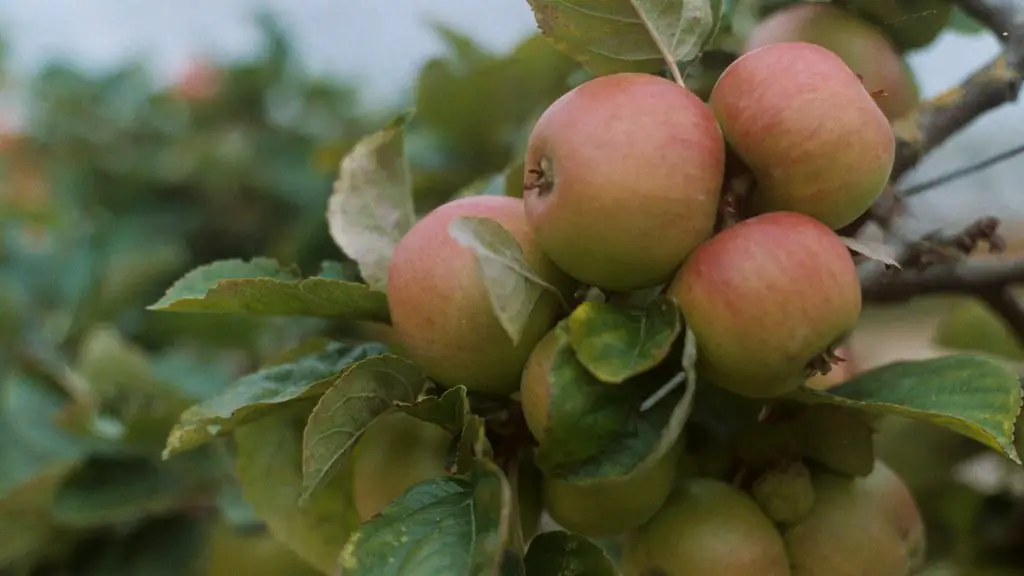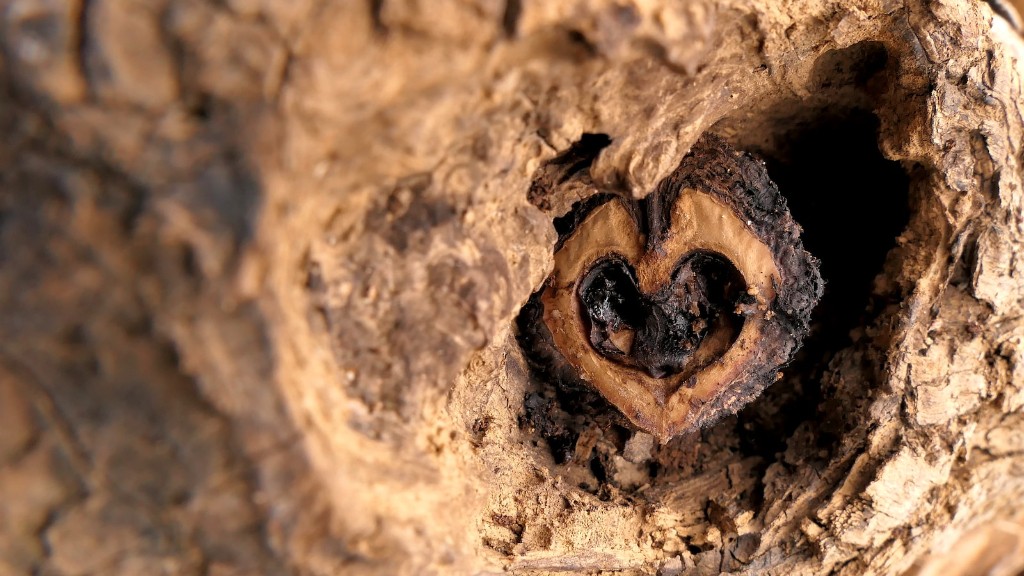The black stuff on lemon tree leaves is most likely caused by a sooty mold fungus known as Capnodium citri. This mold can be seen on tree trunks, stems, and branches, as well as on top of the leaves. In some cases, the fungus may produce a dark, sooty-looking coating or blotches on the leaves and fruit. While this fungus won’t directly damage a lemon tree, it can impair its health by inhibiting photosynthesis. As a result, the tree cannot absorb enough sunlight to stay healthy and productive.
Capnodium citri is a type of smut fungus that feeds on honeydew, a sweet liquid excreted from the plant’s nectar. It is normally found in the air, but if there is an increase in honeydew production, the fungus can quickly spread across the entire tree. This deeply affects the amount of photosynthesis the lemon tree can complete and therefore affects its ability to produce fruit.
In order to treat the problem, an anti-fungal spray should be applied to the tree to kill the mold. Regular pruning of any dead leaves or branches will also help reduce the amount of spores in the air and slow down the fungus’ spread. Spraying with a horticultural oil or insecticidal soap can threaten the reproductive system of the fungus or simply wash away the sooty residue.
Aside from this, it is important to keep the soil moist and drain all irrigation. Gardeners should also check for symptoms of other overabundant pests like aphids that are likely causing the honeydew excretion. If the infestation is too severe, it may be necessary to use an insecticide to eliminate the pests, once again limiting the amount of honeydew. Finally, regular fertilization throughout the year will help the lemon tree stay healthy and tenacious against any unwelcome fungi.
Aphids
Aphids are the most common pests that can cause the beginnings of Capnodium citri fungi by excreting the honeydew substance. Aphids, which are small green, yellow, or black sap-sucking insects, can be easily identified as they gather in colonies around the plant’s leaves and/or fruit. If left uncontrolled, they can suck the sap from the tree, causing it to become weak and deformed. As honeydew builds up on the lemon tree leaves, black sooty mold spores can feed on it and reproduce.
To prevent an aphid infestation, gardeners should keep an eye out for these tiny insects by regularly inspecting the trees’ leaves and branches. Neem oil or insecticidal soap can be used to combat any infestations. Once the aphids have been eliminated, the honeydew builds up should be washed away and the mold spores removed from the plant.
Maintaining a clean environment is essential in controlling aphids since they reproduce quickly. Applying beneficial predatory insects that feed on the aphids can help control the population, as can introducing predators like ladybugs and parasitic wasps into the area. Finally, if the infestation is still too large for natural predators, an insecticide can be applied to the affected area to destroy the pests.
Fungicides
The use of fungicides in organic gardens is an effective way to combat Capnodium citri and other smut fungi. Known as “biological control agents”, they are used to disrupt the fungus’ growth by directly attacking the fungal spores as they cling to the plants. The most common fungicides used are bicarbonates or oxides, which act by cutting off the fungi’s nutrients and energy sources.
Fungicides differ in terms of their efficacy and duration, so it is important to research the product before applying. It may be necessary to repeat the treatment to properly eradicate the fungus. Additionally, fungicides should be used in extreme cases only since it may kill other beneficial microorganisms and can be hazardous for people and pets if inhaled or ingested.
Proper application is also essential for the success of the procedure. Soak the affected area for at least 15 minutes for the best results, but be sure to always follow the instructions on the label. Dispose of any excess material carefully in order to keep the environment safe. Finally, remember to immediately wash away any remaining residue from the plant, as this can cause further damage.
Reproduction
Capnodium citri reproduces through the use of asexual spores known as conidia. These are released into the air, where they can attach to a nearby host. The fungus quickly spreads through the area due to the abundance of conidia and honeydew, which creates an ample addiction for the fungus to thrive on. The spores are spread through the wind and can survive in harsh environmental conditions.
The fungus has a very short life cycle, which means that it is initially difficult to detect until it is too late. The mold can take as little as three to five days to fully multiply and create a network of thick, black residue on the plant’s leaves and stems. Even if the problem is detected quickly, it is important to remember that the mold is capable of withstanding extreme conditions and may not disappear completely until properly treated.
However, the use of fungicides and insecticides can help prevent the spread of the fungus. A combination of both will not only eliminate the current problem, but also prevent any similar issues from arising in the future. Therefore, it is important to be proactive when it comes to Capnodium citri and armor your trees against any potential outbreaks.
Pruning
Pruning is a simple, yet effective way to keep the Capnodium citri fungus from settling in and damaging a lemon tree’s leaves and fruit. Pruning involves removing any dead or damaged branches and leaves, so that there is less room for the fungi to take hold. This process not only prevents the spread of the fungus on the tree, but also reduces the mold spores in the air.
To ensure maximum efficiency, pruning should always be done before the rainy season or any other periods of high humidity. During these times, the mold spores will be more likely to spread due to the high moisture content in the air. If a gardener notices any dead or diseased branches, they should also be removed as this will reduce the amount of honeydew available and in turn, slow down the fungus’ spread.
The use of sharp pruning tools is essential in the pruning process. Gardeners should avoid using blunt tools or using force to remove heavier branches as this may damage the tree. Additionally, pruning should not be a quick process, as any improper pruning will put the tree at a higher risk of settling with Capnodium citri.
Prevention
The key to preventing a Capnodium citri infestation is to familiarize yourself with the signs and symptoms of the fungus. The mold has a distinct black coating on the leaves and may also appear as yellow or brown spots. If any of these symptoms are present, it is essential to take action immediately.
The best way to prevent the spread of the fungus is to keep the tree’s environment clean and free of aphids and other pests. Regularly clean any dead leaves or branches and apply insecticides to the affected area if needed. Additionally, maintaining regular fertilization will keep the tree strong and tenacious against any unwelcome fungi.
If any damage is done, gardeners should take immediate steps to contain it. Pruning away any dead or diseased branches will drastically reduce the chance of the mold spreading. Allowing the area to dry before and after pruning will also help keep the fungus at bay. Finally, the use of anti-fungal sprays will stop the growth and reproduction of the mold in its tracks.



